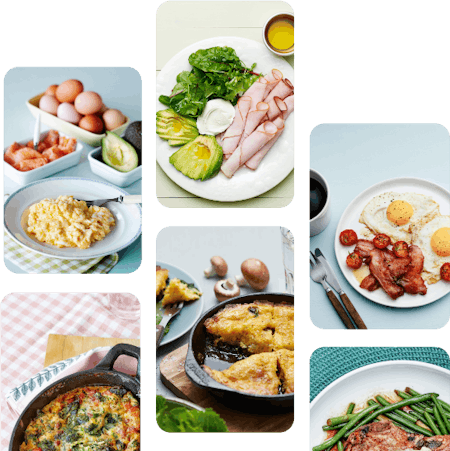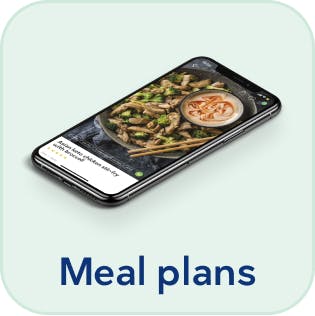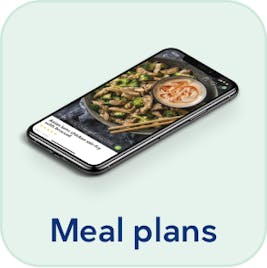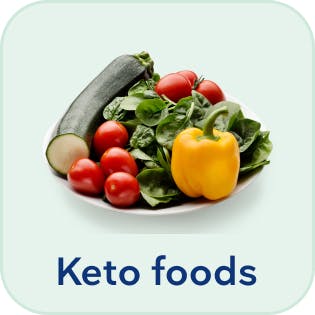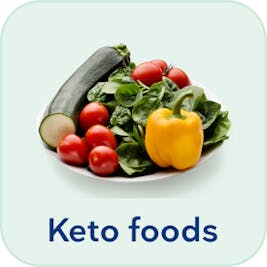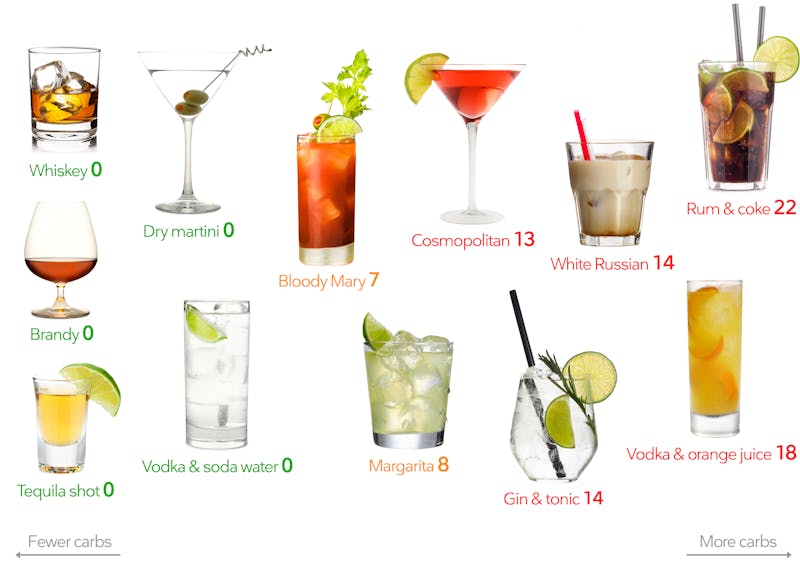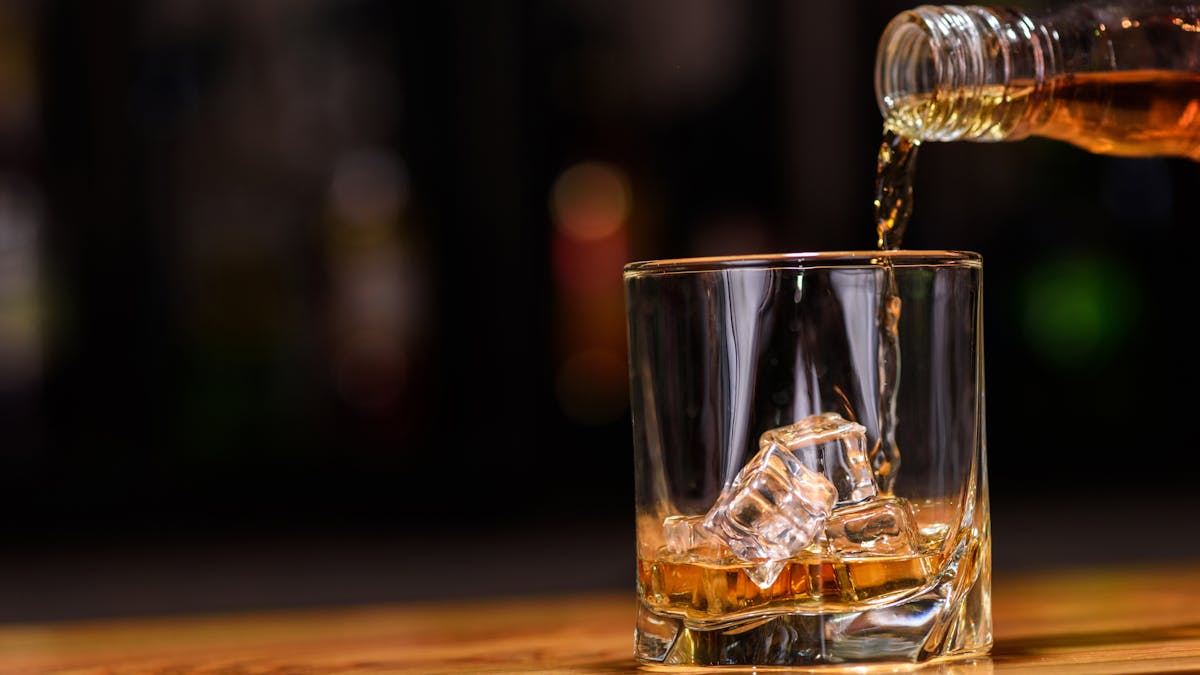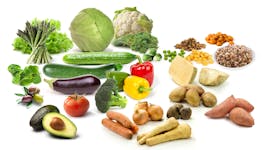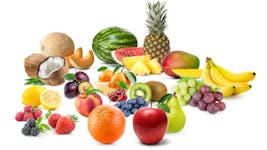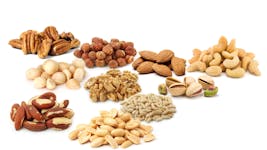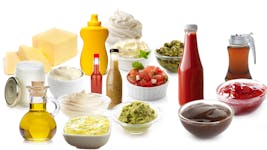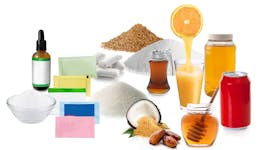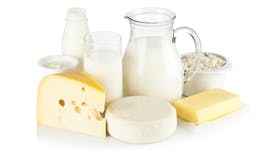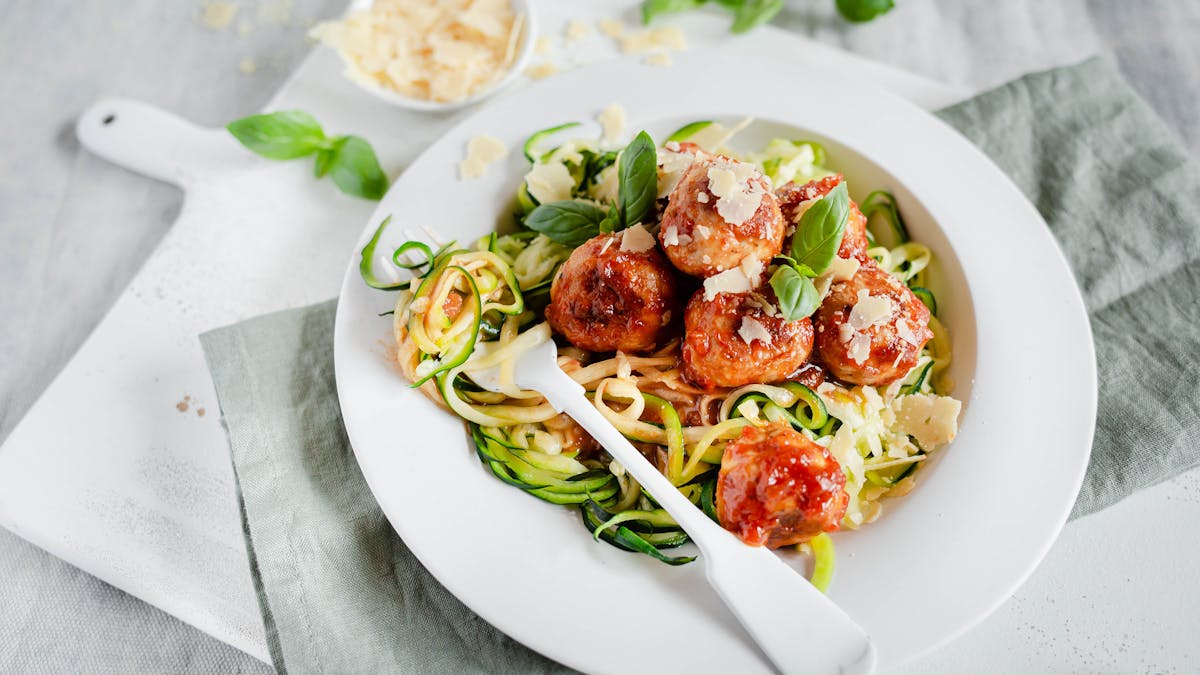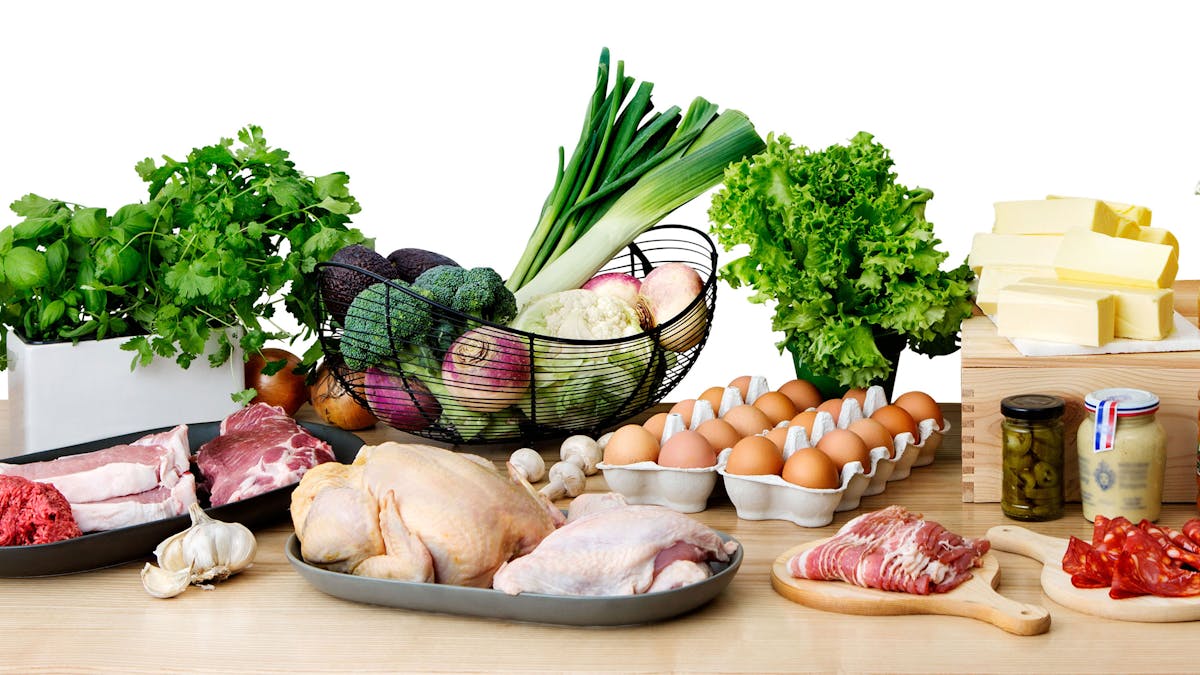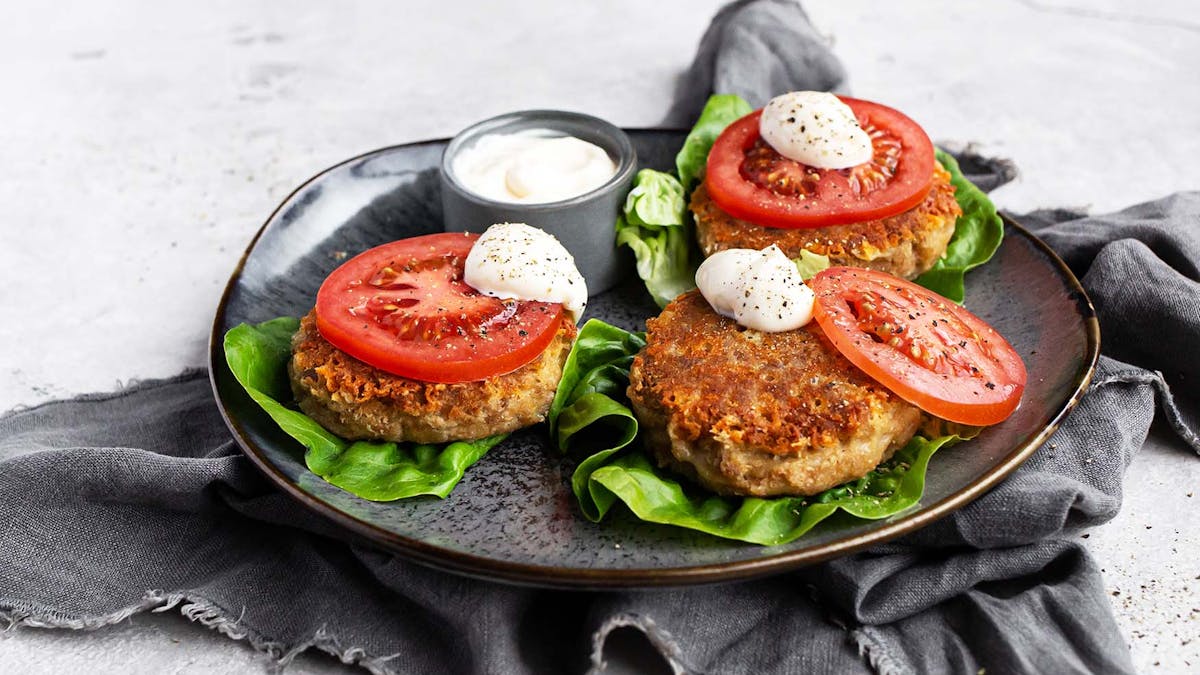Keto alcohol – the best and the worst drinks
What are the best and the worst alcoholic drinks on a keto diet?
First, the obvious: alcohol doesn’t help with weight loss. The more alcohol you drink, the harder it is to lose weight, since the body tends to burn alcohol before anything else.
There’s a huge difference between different kinds of drinks when it comes to how many carbs they contain.
The short version: wine is much lower in carbs than beer, so most people on keto choose wine.
Pure spirits like whiskey and vodka contain zero carbs. But watch out for sweet mixed drinks – they often have a significant amount of sugar.
Key takeaways
Alcohol = calories: All alcohol contains calories that your body has to use before it burns body fat.More on keto and alcohol.
Keto-friendly drinks: Wine and pure spirits are lowest in carbs; beer and sweet mixed drinks are highest.
See visual ranking.
Drink with care: When on a keto diet, you might feel stronger effects from alcohol.
Intoxication, hangovers, and more.
Wine and beer

Wine
Even on a keto diet (below 20 grams of net carbs per day), you can probably have a glass of dry wine fairly regularly. And on a moderate low carb diet, dry wines can be enjoyed regularly with minimal weight-loss impact from the carbs.
If, however, you find you are not losing weight, try cutting back on alcohol. The extra, nutrition-free energy from alcohol may be contributing to your weight stall. Reducing or eliminating alcohol may be all that is needed to get the scale moving again.
A glass of dry wine contains about 0.5 grams of sugar as well as small amounts of glycerol and other carbohydrate remnants of the wine-making process, which usually amount to less than 2 grams of total carbs.
Sweeter wines, like Rieslings and Gewurztraminers, have about 4 grams of carbs in a typical glass. Even sweeter dessert wines – like Muscato, Tokaj, Ice Wines, or fortified wines like Port, Sherry and Madeira – are all sweeter and contain more fructose, with carb counts per glass of around 5 grams or more.
Beer
Beer is a problem on keto. There’s a reason people talk about “beer bellies.” Beer is made from grains, which provide a lot of rapidly digestible carbs. It’s even been called “liquid bread.”
Note that the amount of carbs in beer varies depending on the brand. There are a few possible low-carb options for keto. Check out our keto beer guide below for details.
Keto-friendly beers
The numbers above are the grams of carbs in one 12 oz. bottle of beer (355 ml).
As you can see, some very light American beers contain the least amount of carbs and can be consumed without derailing a keto diet (if you enjoy that type of beer). Check out the brands to the left in the graphic above.
Other brands of beer are fairly high in carbs and calories and should likely be avoided completely on a keto diet.
Spirits
When it comes to hard alcohol, it’s pretty straightforward: pure spirits like whiskey, brandy, cognac, vodka, gin, and tequila contain zero carbs and are all fine on keto.
Avoid sugar-sweetened drinks. Don’t add juice, soft drinks, or sweet flavorings to spirits. Adding tonic to zero-carb gin boosts its carb count to 16 grams per serving! Have vodka, soda water and a twist of lime instead for a refreshing carb-free drink.
The numbers represent grams of carbs per drink.
Carbs list
Coolers
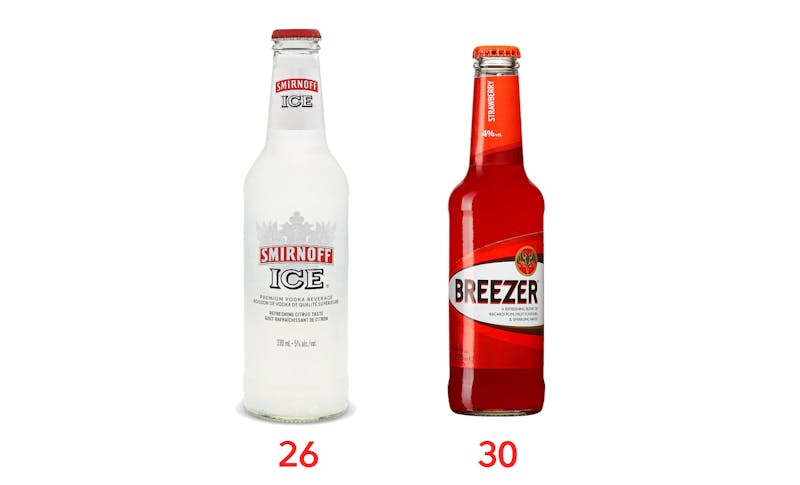



The numbers represent grams of carbs (sugar) per bottle.
Sometimes called alcopops, spirit coolers, wine coolers or hard lemonades, these pre-mixed, packaged drinks are loaded with sugar and carbs. Most are over 180 calories each. Do not drink if you want to stay in ketosis — you are drinking sugar.
A word of caution
When on a strict low-carb diet, many people require significantly less alcohol to become intoxicated.
Recognizing this issue of reduced tolerance is even more critical if you plan on driving. When eating low carb, you may have a higher blood alcohol level after fewer drinks, impairing your abilities to a much greater extent than usual.
Here’s an in-depth article with more details on the above, and other surprising things about alcohol on a keto diet:
Top 5 keto alcoholic drinks
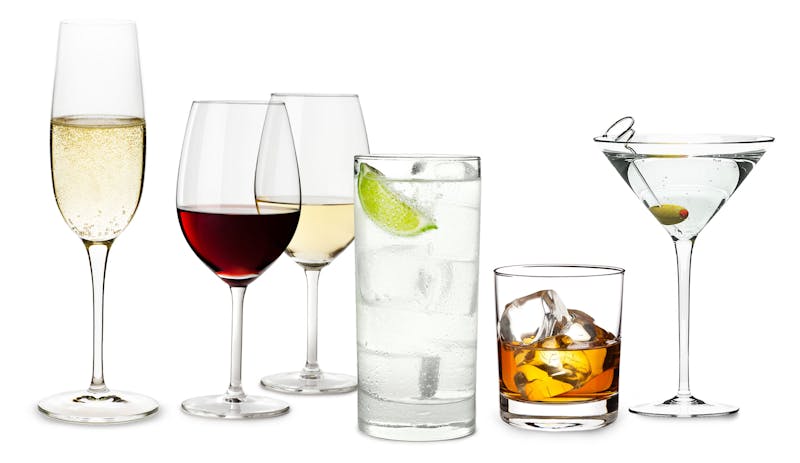



If you’re still wondering how to include alcohol in your keto diet, we’re going to wrap this up with our top 5 favorite keto alcoholic drinks.
- Champagne or sparkling wine (extra dry or brut) – one glass contains about 2 grams of net carbs and 95 calories.
- Dry wine – red or white – one glass contains about 2 grams of net carbs and 120 calories.
- Vodka & Soda – one long drink contains 0 grams of carbs and 115 calories.
- Whiskey – one drink contains 0 grams of carbs and 115 calories.
- Dry Martini – one cocktail contains 0 grams of carbs and 115 calories.
Nothing says celebration like a glass of bubbly! Although Champagne can be very expensive other kinds of sparkling wines or Cava come in a variety of prices and can be enjoyed as an aperitif, with your food or as a stand-alone drink.
There must be a reason why humans have been drinking wine for thousands of years. One of them is probably that it tastes really good with food. Ben Franklin even called wine “constant proof that God loves us”. Fortunately, drinking an occasional glass of dry wine is fine on a low-carb diet.
A vodka & soda or gin & soda is your drink if you want to skip sugar and artificial sweeteners. This sparkling drink with vodka, soda, lime and ice tastes way better than it might sound.
Even though whiskey is made from various forms of grains, it’s zero carb and gluten free. It comes in many different classes and types. Too much ice can kill the flavor but serving it with a little dash of water can actually enhance the flavor.
The iconic James Bond cocktail is made with gin and vermouth, and garnished with an olive or a lemon twist. It’s still in the top of the most requested drinks. But if you want it like 007, make sure to order it shaken, not stirred.
Return to the top of the keto alcohol guide
